New to Operating by John Brewton?
Check out these reader favorites:
Platform shifts move interfaces, then profits. DEC died protecting an architecture; IBM lived by hurting its own. Microsoft now faces the agent era’s fork. If it orchestrates the agent stack, it trades margin for control. If it defends apps, it risks becoming a utility behind others’ agents.
Two Rooms, Two Choices
In the mid‑1980s, Digital Equipment Corporation looked untouchable. It commanded a fifth of the minicomputer market and billions in revenue. VAX systems set the standard. VAX prints money, culture optimizes the old interface, the PC arrives, DEC waits. Then came a fatal rigidity: DEC clung to a proprietary architecture, ignored the personal computer, and optimized for sustaining improvements in a legacy product. The platform moved. DEC did not. Dominance collapsed into irrelevance.
Across the country, IBM faced the same shift and made the opposite choice. In 1981 it shipped the IBM PC, a direct threat to its own franchises. It chose option value over orthodoxy. Their preemptive cannibalization hurt the present to keep the future.
The rule is simple: when the interface moves, defend margins last. (see Figure 1)
DEC: How Dominance Calcifies
At peak, DEC’s moat was tight integration (hardware, operating system, development tools fused into a cathedral). The edge ossified into architectural rigidity. Leadership optimized for incremental gains, not discontinuity. The firm dismissed the PC and underinvested in new instruction sets. Markets moved; DEC stayed put.
Culture reinforced the error. Structures tuned for sustaining innovation struggled under platform change. DEC needed a decisive pivot; it produced ambivalence. The cost of indecision was existential.
Operator lesson: When users migrate to a new interface, a moat can become a wall, trapping the firm inside yesterday’s business.
Rigidity test. List your three most profitable workflows, then mark which you would kill if a zero‑UI agent could do them 50 percent faster. (see Figure 2)
Figure 2 — DEC’s rise and fall vs PC growth. Revenue peaks as the PC curve accelerates; the pivot never comes
IBM: Self‑Cannibalization
IBM took the fork in the road seriously. The PC’s architecture, partners, and standards diluted control yet preserved relevance. The company accepted internal competition to buy time in the new paradigm. It sacrificed purity to gain option value. That choice remains the incumbent’s canonical move.
From Apps to Agents
We are living through another interface migration. Two vectors form a pincer around Microsoft’s core.
First, agentic workflow layers are automation platforms that intercept business logic and user intent. Their aim is to become the command layer that runs processes across applications, reducing suites like Office and Dynamics to callable services.
Second, AI‑native office suites are tools designed from scratch for agent‑driven work. They assume agents do the work, not that humans manipulate documents. The suite becomes a service bed for composition, not the place where work lives.
Together, these vectors generate a sharper threat than conventional competition. The first abstracts Microsoft’s productivity stack into APIs, and the second replaces its UI. If agents own the foreground, the legacy application becomes plumbing.
See Figures 3 and 4
Figure 3 — Microsoft’s competitive threat map. Threats cluster at the interface and standards layers.
Figure 4 — Office suite AI vs market position. Incumbents own adoption; AI-first entrants push integration and pull work off the app glass.
The Stakes
Microsoft’s most profitable engine is Office and adjacent cloud services (see Figure 5).Figure 5 — Revenue concentration.
Productivity & Business Processes ≈ 42% of FY25 revenue, the crown that agents threaten. The business is vast and sticky, but that is precisely what platform shifts target. Industry expectations suggest a large reallocation of software budgets toward agents over the next three to five years, undermining seat‑based economics. Satya Nadella has already said the quiet part: some of Microsoft’s biggest businesses may not be as relevant, and some of the margin may not be there tomorrow. That posture creates permission for self‑cannibalization.
Now the hard claim: even a $3.8 trillion market‑cap behemoth can be eliminated across a revolutionary period. (see Figure 6)
Microsoft at ~$3.8T sits atop a field where platform shifts still erase primacy. Not as a legal entity or brand, but as an orchestrator of value. Platform shifts erase primacy. DEC’s story shows speed of decline. IBM’s story shows the price of survival. Market capitalization does not confer immunity when the interface moves.
Nadella’s Conundrum
Satya Nadella faces a choice that cannot be hedged. Microsoft has become the orchestrator of the agent era, or it has become a back‑end utility called by other agents. There is no safe middle.
Here is the problem in plain terms:
Cannibalize the golden goose. Turning Copilot into the default interface for work means reducing time in Word, Excel, PowerPoint, Outlook, and Teams, the very products that print cash. Usage minutes, attach rates, and per‑seat logic will bend. This is a deliberate hit to near‑term metrics to keep control of the layer above the apps.
Standardize away optionality to gain control. The agent era will run on protocols: identity, permissions, audit, data boundaries, tool schemas, and outcome definitions. Microsoft must define these standards broadly enough to attract an ecosystem, yet tightly enough to privilege its cloud, security, and data positions. Too open, you lose advantage. Too closed, the ecosystem routes around you.
Turn cloud spend into platform gravity. AI capex is massive. The only defensible way to justify it is to bind Copilot and agent interoperability to Azure primitives—compute, vector stores, governance, developer tooling—so that every new agent increases Azure’s gravitational pull. But bind too tightly and enterprises perceive lock‑in, inviting neutral layers that abstract you again.
Price for outcomes without collapsing revenue. Agents shift buyer expectations from seats to tasks done. If Microsoft prices Copilot on outcomes, it risks compressing high‑margin per‑seat revenue. If it clings to seats, it invites competitors to set the reference price for work completion.
Move fast without fracturing culture. The company must ship at a startup tempo while unwinding decade‑long success habits. That requires reorganizing incentives, elevating agent‑centric roadmaps above app‑centric roadmaps, and tolerating internal disruption.
Decision rule. If an agent can complete a workflow faster than a user can click through an app, we must price, govern, and standardize for the agent, even if app minutes fall.
Objections and replies.
Office network effects and file formats are unbeatable. Agents intermediate user intent; formats become back‑end calls. Governance and policy become the moat.
Copilot already wins distribution. Distribution without standards control still risks abstraction.
Market cap and cash flows buy time. They buy time, not primacy; DEC had both, then lost the interface.
Leading indicators.
Orchestrator path signals: Copilot as default entry in three or more core workflows; a published, widely adopted agent interop spec; outcome‑based SKUs tied to governance features, not just seats.
Utility drift signals: Rapid agent adoption that routes around Teams/M365 UI; neutral governance layers standardize without Microsoft; flat or declining app minutes without compensating Copilot share.
The choice framework is brutal: trade visible, near‑term margin and familiarity for a risky bid to control the next interface. Decline the trade and watch others write the protocol. The cost of moving first is a bad earnings call. The cost of moving last is capitulation.
Microsoft’s Answer: The Orchestrator Bet
The strategy is not to bolt AI onto apps. It is to control the agent stack.
Own intent. Make Copilot the default capture point for tasks, meetings, data retrieval, and workflow kick‑off across the enterprise. If work begins in Copilot, rivals fight for scraps.
Own the protocol. Define how agents call systems, route tasks, handle identity, enforce policy, and log for audit. Publish enough to attract developers, hold enough to create durable advantage.
Own the embedding. Bury agent hooks across M365, Teams, Dynamics, GitHub, and Azure so alternatives face friction at every layer—permissions, data access, latency, and compliance.
Own trust. Package compliance and governance so that “default safe” becomes a moat. In regulated environments, trust is distribution.
Viewed this way, Copilot is not a feature; it is a governance play. Copilot Studio is not a toolkit; it is the ecosystem surface where Microsoft shapes standards. Azure is not just compute; it is the substrate that turns those standards into operating leverage.
This is preemptive cannibalization at platform scale: compress app‑layer rents to preserve control of the orchestration layer. If agents take the foreground, better they be yours, and speak your protocol.
The Bill: Capital, Culture, Timing
The check is large. AI infrastructure requires unprecedented capital, and the company has paired investment with headcount reductions. Transformation cuts twice, into the P&L and into morale. Leaders are paying in dollars and in trust. (see Figure 7)
Timing risk is the shadow over every decision. Microsoft missed the mobile interface shift. That miss shows how fast a dominant position can be abstracted when the interaction surface changes. The lesson is not to retell the past; it is to concede that incumbency can dull urgency.
Where Value Accrues
Figure of merit. The platform with the highest product of {agent coverage} × {governance credibility} × {latency‑adjusted API breadth} captures value as agents scale. UI differentiation fades; orchestration and policy dominate. Nadella’s public posture anticipates this migration. The firm is acting to push advantage toward the parts of the stack it can still govern.
Scenarios: Orchestrator or Utility
Orchestrator path. Microsoft defines enterprise agent standards, wins the default for trust and governance, and couples Copilot to Azure so tightly that alternatives face switching friction at every layer. Office persists, but value migrates upward, into orchestration and cloud primitives. Microsoft remains the place where enterprise work begins and is governed.
Utility path. Workflow layers and AI‑native suites seize the glass. Office becomes a set of functions invoked by other people’s agents. Pricing moves to outcomes set by rivals. Margins compress. Differentiation lives in someone else’s platform. The company remains massive, but primacy is gone.
The fork is real. Platform transitions rarely leave comfortable middle ground. You orchestrate the next interface or you get orchestrated.
The Operator’s Playbook
Preemptive cannibalization is not a slogan. It is a sequence any operator can run.
Name the interface change. Be specific about where user intent will enter your system two years from now. If it shifts, from forms to chat, from dashboards to agents, build there first, even if it dents a healthy line.
Weaponize your own substitution. Ship the product that undercuts today’s winner. Lose small to win big. This is the cost of staying in the game.
Make the platform sticky. Tie the new interface to protocols, identity, and governance others must adopt to play. If you cannot own the app, own the schema, the policy, or the workflow grammar.
Price for outcomes. Meet the market where it is going. Do not let competitors define the metric buyers adopt.
Publish the rule. Write down the “hurt us here to help us there” thresholds so teams have a mandate, not a rumor. Cannibalization requires permission.
Coda: The Elimination Question
“Could Microsoft really be eliminated?” As an operating and well know entity, doubtful. As the orchestrator of enterprise work, yes. Elimination here means loss of primacy, loss of control of the enterprise interface and collapse into a high‑quality supplier of callable functions. Market cap does not protect against that outcome. The last era’s king can become this era’s supplier.
In 1981, IBM shipped a product that wounded its own cash machine because the interface had moved. That decision preserved choice and time. Today, Microsoft faces the same kind of shift. Agents sit between users and work. They will either speak Microsoft or make Microsoft a callable utility.
Move first and anger your spreadsheet, or move last and feed someone else’s agent. The price of moving first is visible and painful. The price of moving last is everything.
- john -
If you’d like to work together, I’ve carved out some time to work 1:1 each month with a few, top notch Founders and Operators. You can find the details here.
John Brewton documents the history and future of operating companies at Operating by John Brewton. He is a graduate of Harvard University and began his career as a Phd. student in economics at the University of Chicago. After selling his family’s B2B industrial distribution company in 2021, he has been helping business owners, founders and investors optimize their operations ever since. He is the founder of 6A East Partners, a research and advisory firm asking the question: What is the future of companies? He still cringes at his early LinkedIn posts and loves making content each and everyday, despite the protestations of his beloved wife, Fabiola, at times.




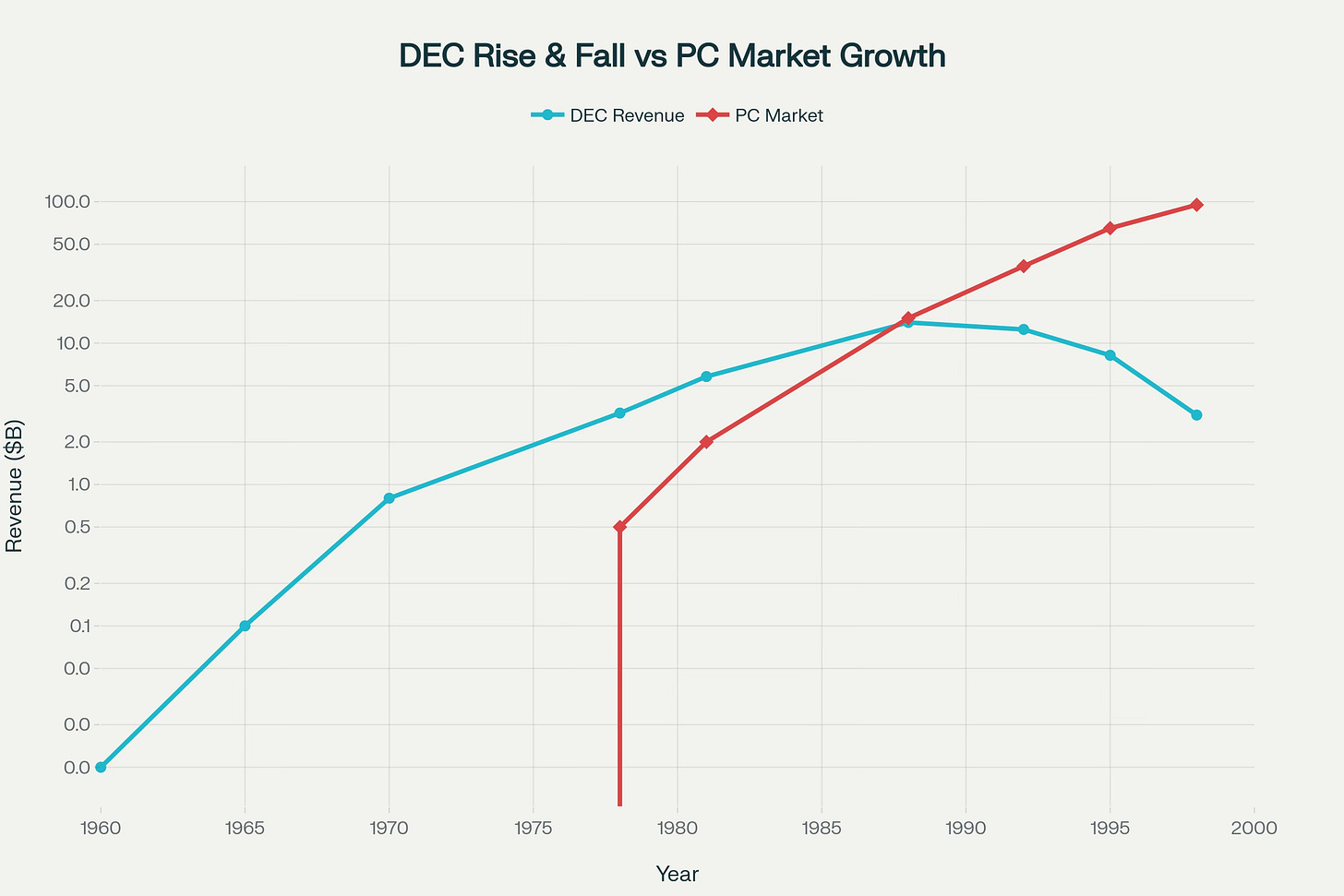
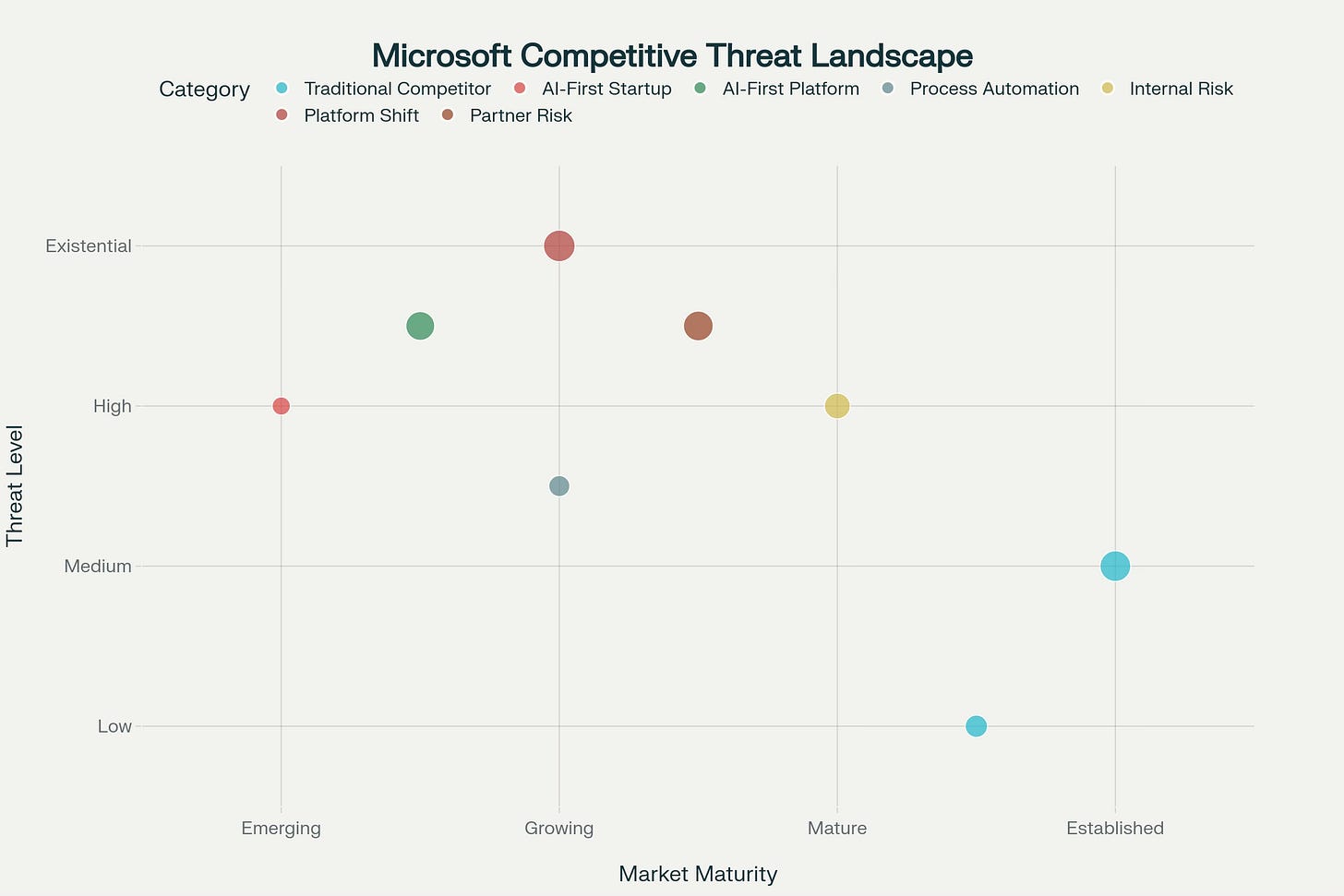
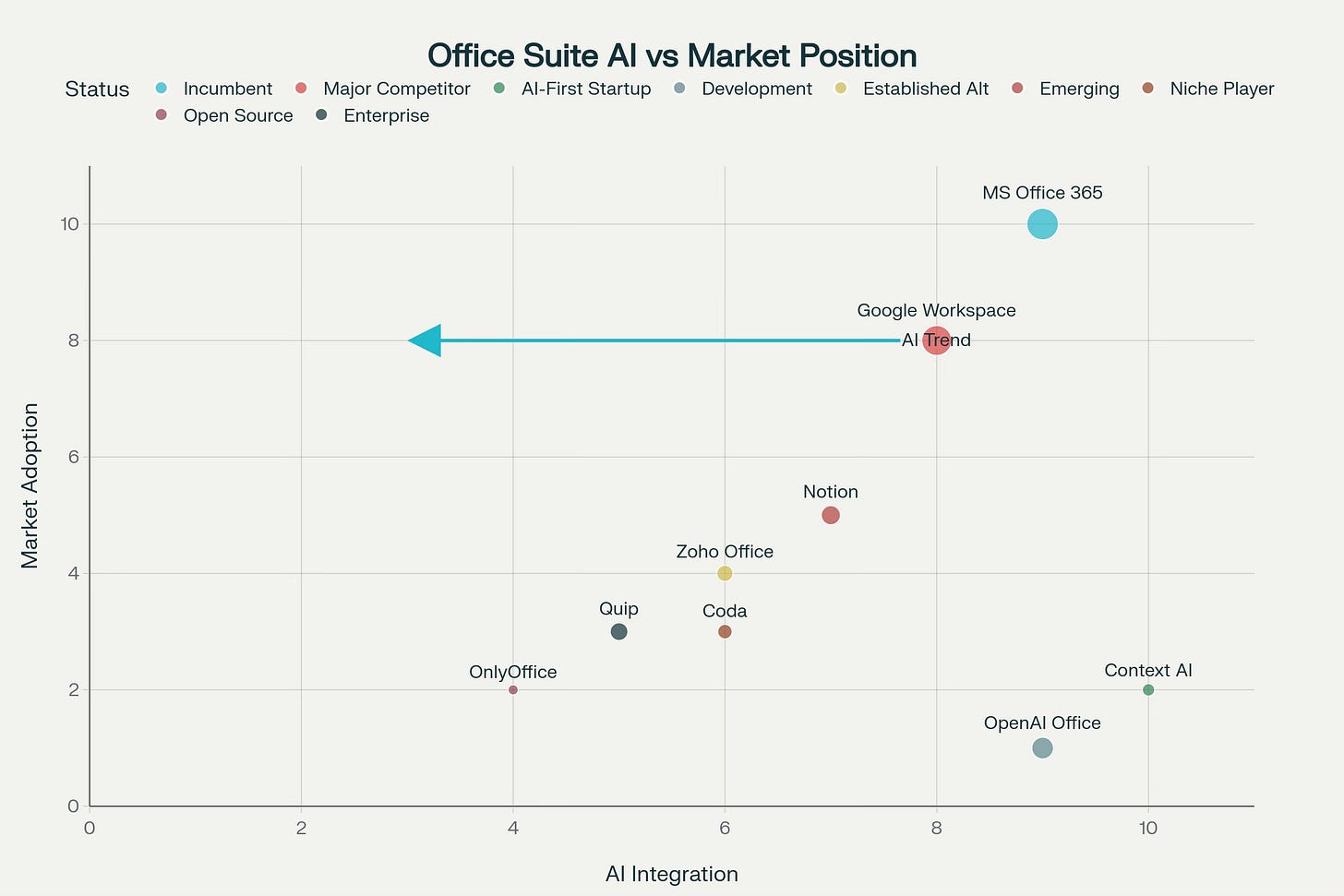
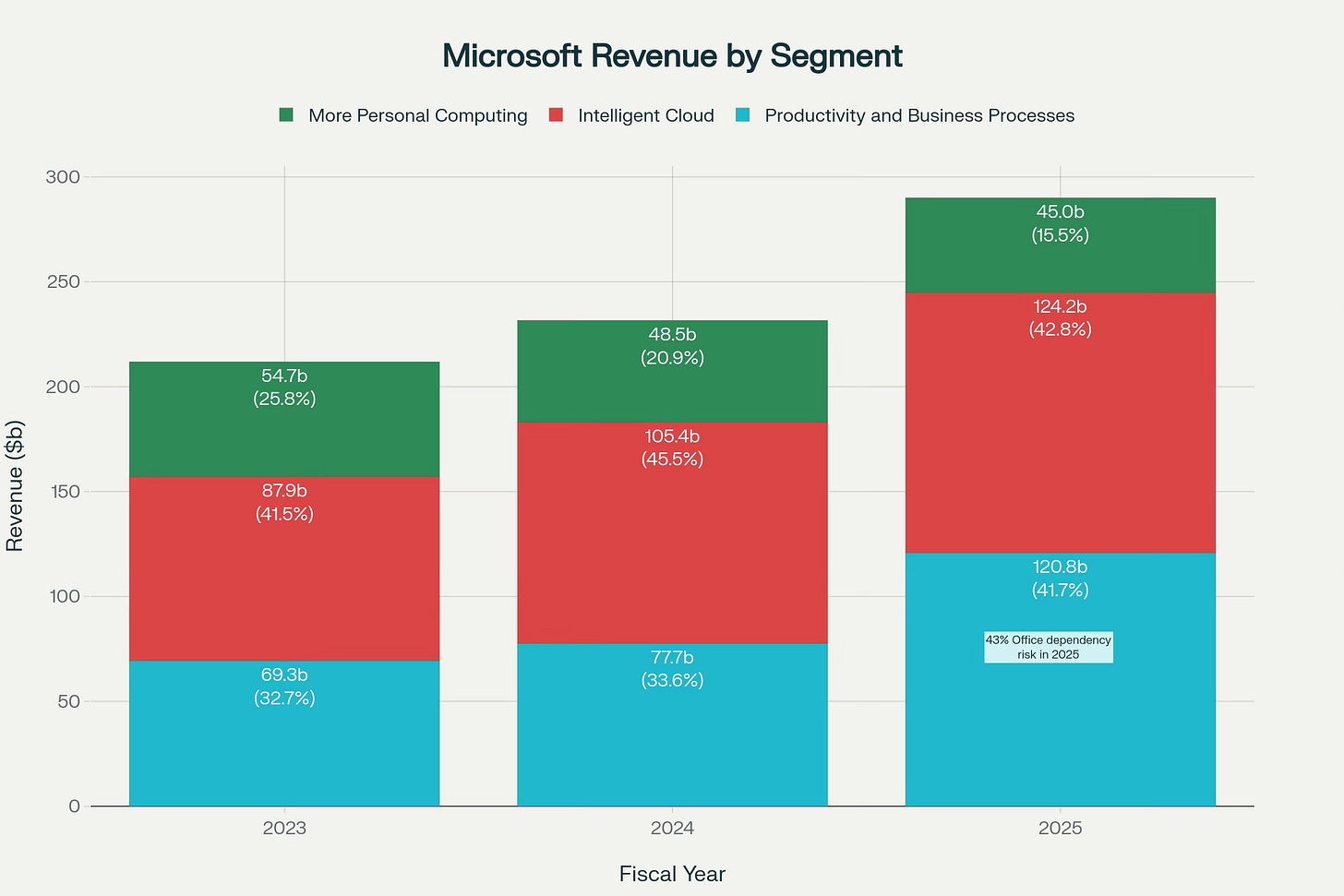
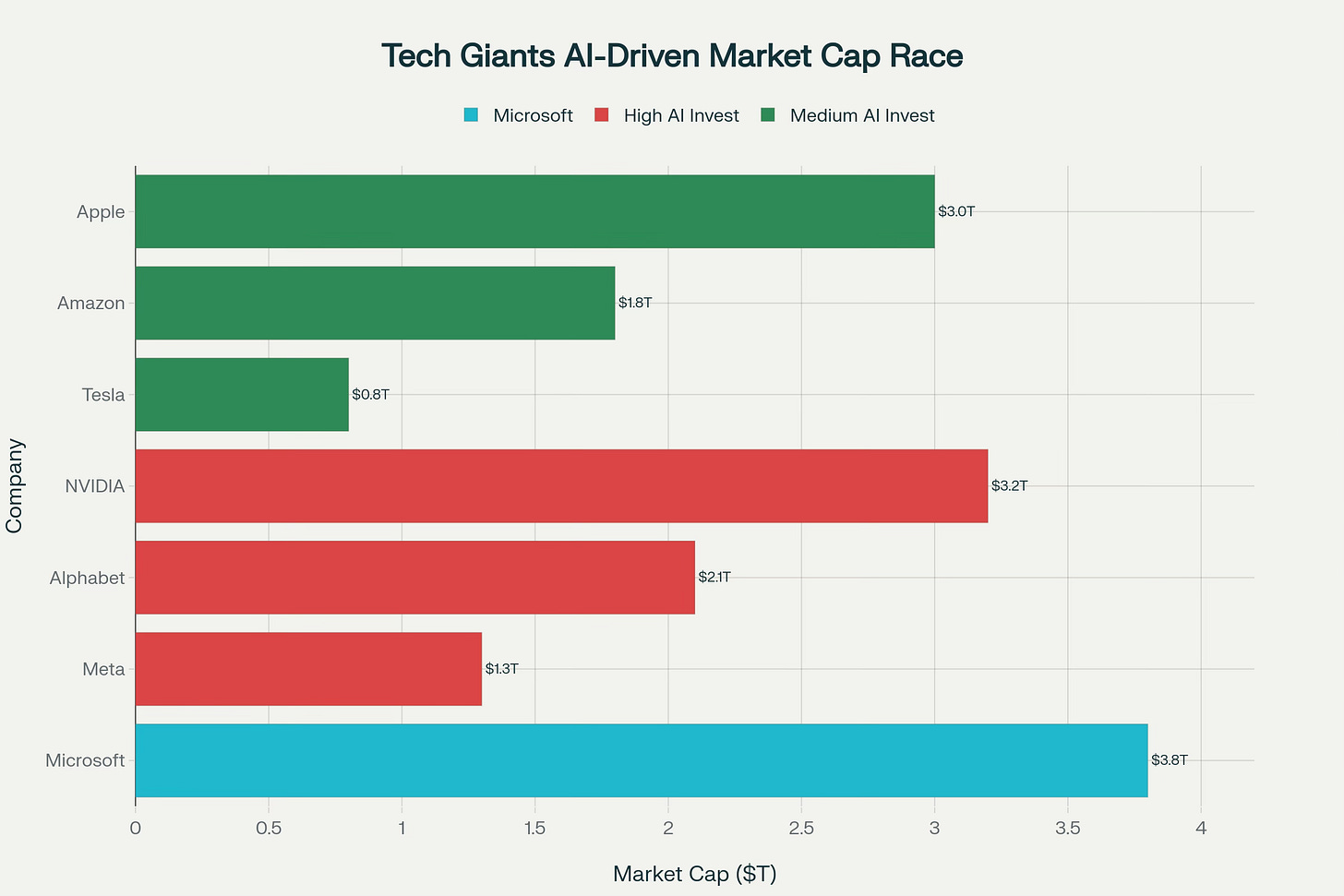
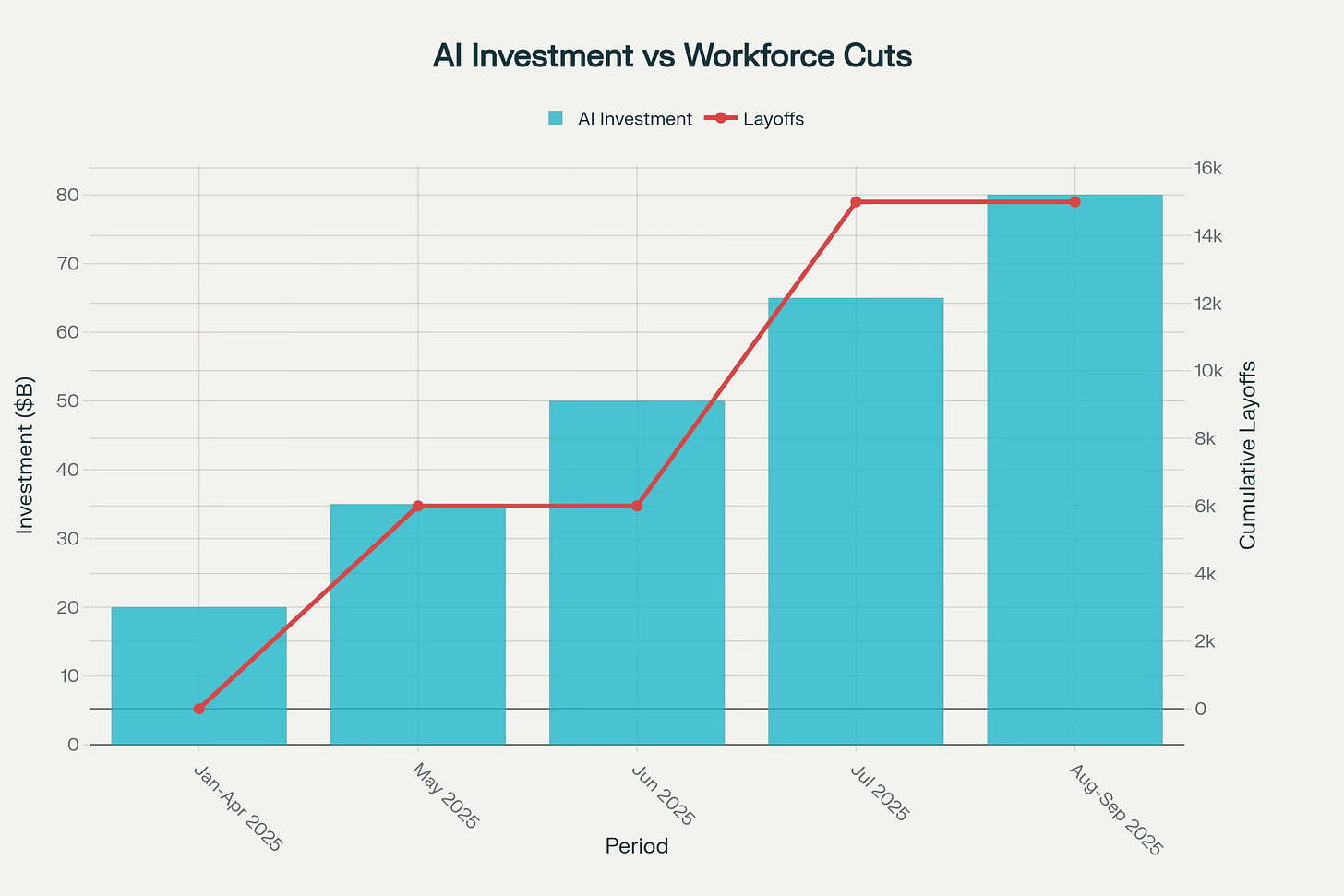
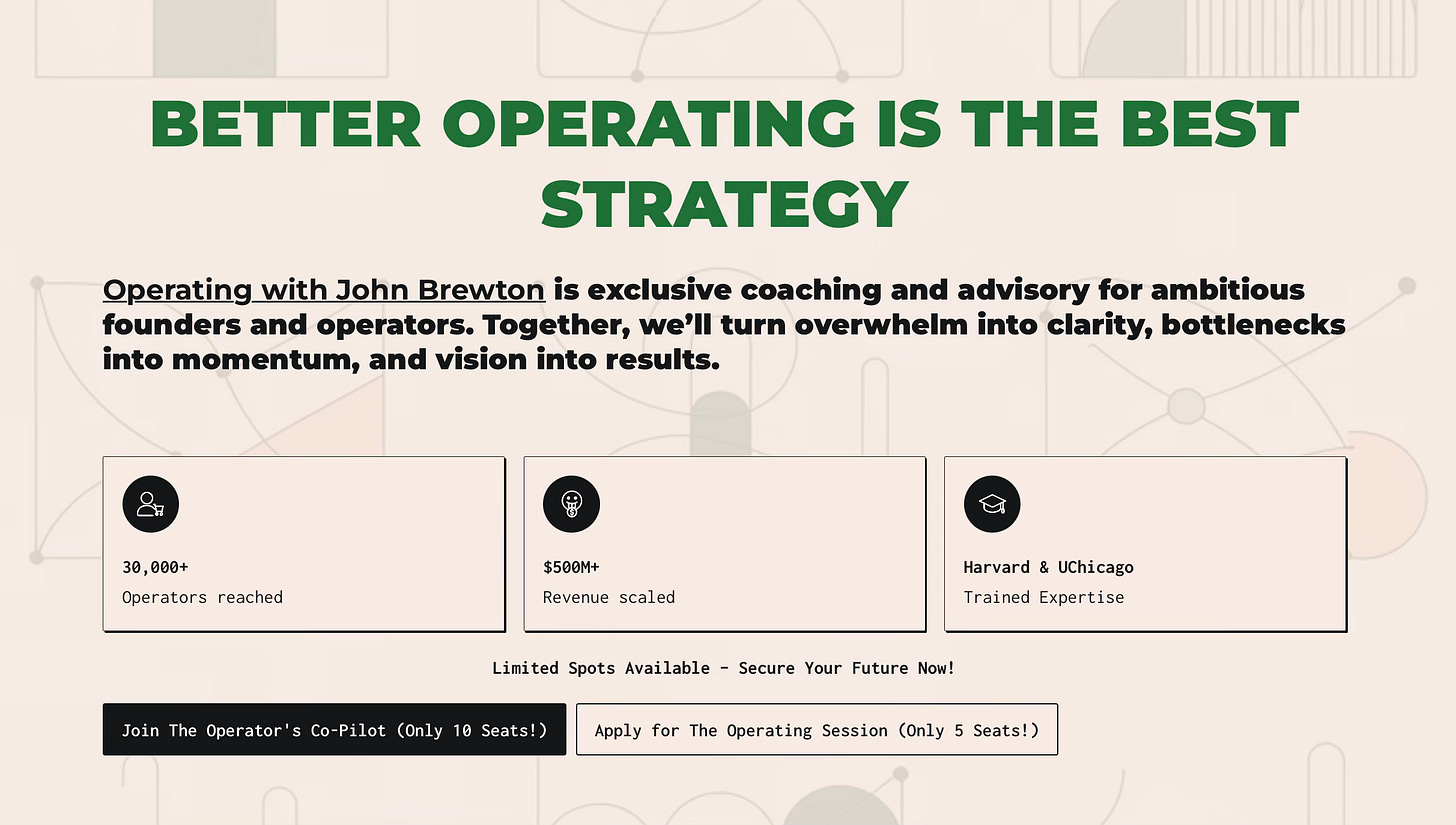

This piece gives a thoughtful breakdown...
It's clear the move is from apps to agents, and Microsoft's orchestrator bet with Copilot is a major strategic pivot.
Preemptive cannibalization is a painful but necessary path for incumbents to survive these kinds of fundamental changes. Excellent analysis.
Microsoft's challenge isn't just competing with new agents, but competing with the profit margins of its own most successful products. Many companies fail when the very thing that made them dominant becomes the barrier to their evolution. Not that I think Microsoft is going under anytime soon!